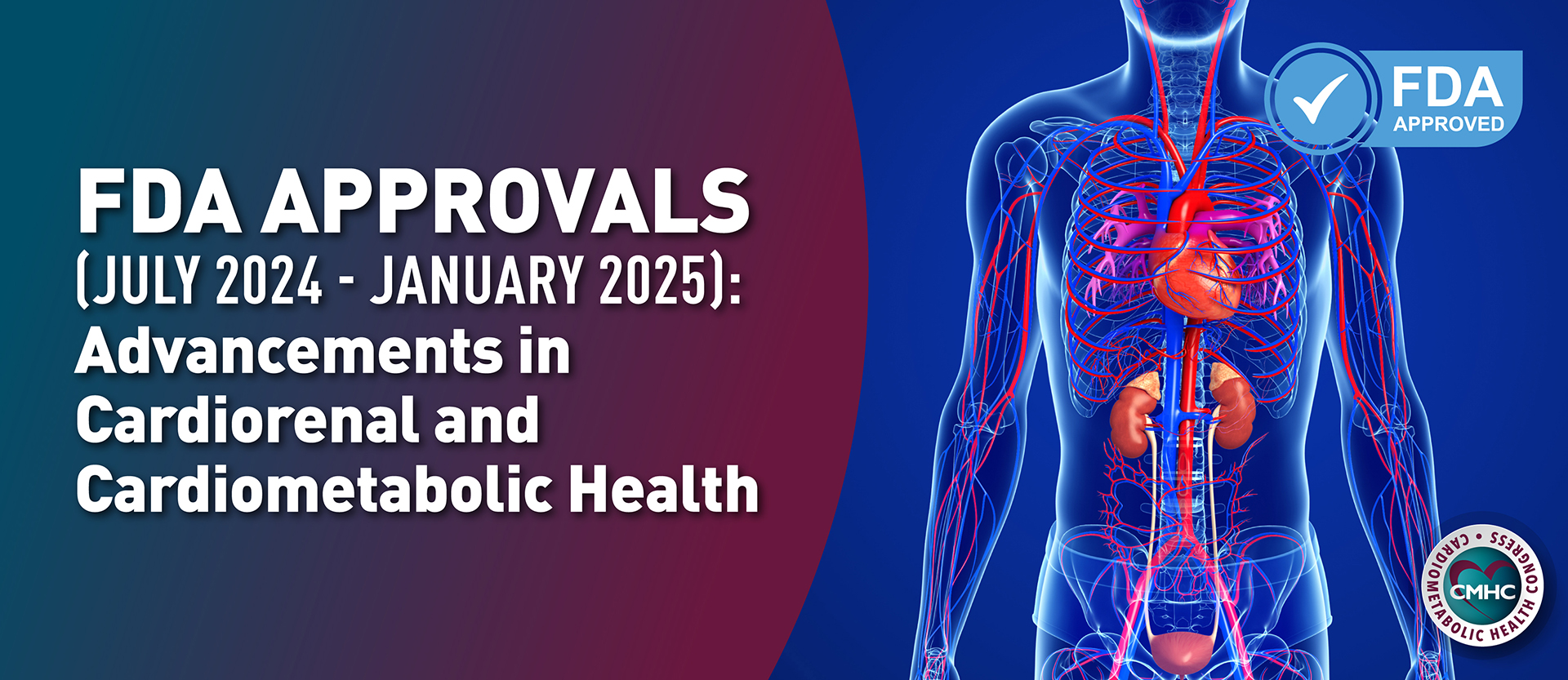Atherosclerotic cardiovascular disease (ASCVD) is the leading cause of death in the US, and prevention of ASCVD is a public health priority in order to minimize its impacts on morbidity and mortality. Global CVD risk assessment is an integrated approach to evaluate the total risk of developing CVD over a given period (usually 10 years) based on several risk factors, including age, male sex, hypertension, diabetes mellitus, dyslipidemia, smoking, family history, overweight and obesity. These risk factors have been incorporated in several algorithms for the primary prevention of CVD, including the Pooled Cohort Equation (PCE) developed by American College of Cardiology (ACC) and American Heart Association (AHA). However, despite the development of several algorithms for risk assessments aimed to prevent CVD events, the overall disease burden has increased. CVD events can occur even in individuals that do not have risk factors, and the dependence of CVD risk assessment on the presence or absence of conventional risk factors may not allow for accurate risk prediction, given the fact that CVD is multi-factorial and progresses in a continuum.
As a result, novel risk assessment methods, including coronary artery calcium (CAC) score, may be necessary to improve ASCVD risk prediction and to better guide treatment options. The utility of the CAC score in preventing CVD risk in asymptomatic individuals has been demonstrated in several results from the Multi-Ethnic Study of Atherosclerosis (MESA), a study designed to evaluate the characteristics of subclinical atherosclerosis and risk factors for ASCVD progression. However, most of the outcomes of these studies have evaluated coronary heart disease (CHD) with short to intermediate follow-ups.
A recent study by Budoff and colleagues evaluated the relationship between CAC score and incident ASCVD in participants of the MESA study that were free of CVD at baseline over a median follow-up time of 11.1 years. In total, 500 incident ASCVD events occurred during this follow-up time, including 217 myocardial infarctions, 188 strokes, 13 resuscitated cardiac arrests, and 82 CHD deaths. In individuals with a CAC score of 0, event rates ranged from 1.3-5.6%, while in those with CAC > 100 were estimated to have >7.5% risk independent of sex, race/ethnicity, or age. CAC score was a strong predictor of 10-year ASCVD risk; each doubling of the CAC score was associated with a 14% increase in relative ASCVD risk. This was independent of other potential confounding factors (such as age, race/ethnicity, education, income, smoking status, cholesterol levels, diabetes, blood pressure, body mass index, exercise levels, lipid-lowering and hypertensive medications), which were adequately controlled in this study.
This study is the first to show that a CAC score is a reliable predictor of 10-year ASCVD risk and assessment of CAC may prove useful in clinical practice for ASCVD prevention in addition to current methods, such as the PCE.
Reference
Budoff, Matthew J., et al. “Ten-year association of coronary artery calcium with atherosclerotic cardiovascular disease (ASCVD) events: the multi-ethnic study of atherosclerosis (MESA).” European Heart Journal (2018).


















